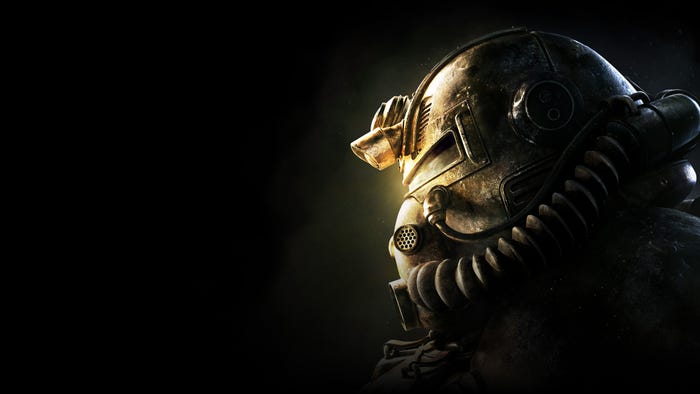So, because the big project at the new place is large and Flash-based, right now we're doing a systematic analysis of Ferry Halim's Orisinal games.

Giving this Gamasutra blogging thing a whirl. :)
So, because the big project at the new place is large and Flash-based, right now we're doing a systematic analysis of Ferry Halim's Orisinal games. They're some of the most beautiful and innovative Flash games on the market, so worth studying when it comes to thinking about what kind of interactive mechanics you can put into a flash game environment.
This is only explain, though, why I'm taking a screen capture of the flash index to the Orisinal website and chopping it into its components. It's simple grunt work, but there are 56 icons there -- a lot of chopping.
I've been on this kick lately of reading about cognitive processing in a deeper way than I did in college. For some reason it just didn't stick at the time -- I think part of it is that the friends I had who were learning about it were mostly talking about John Searle, whose thinking seemed entirely wrong to me in ways I couldn't immediately articulate, so I just dismissed the whole field.
I borrowed The Mind's I from a Erik few months ago and started reading it, though, and it's sparked a much deeper interest and investigation. On the basis of that book I looked up Douglas Hofstadter (the editor of that essay collection), who was known for getting the Pulitzer in 1980 for Godel, Escher, Bach -- I ordered a used copy of that, but I started reading his more recent I Am a Strange Loop because it was immediately available on Kindle. Also on Kindle was Bertrand Russell's The Analysis of Mind, so I've started that, too.
There's lots to talk about all of these, but suffice it to say that I've been thinking more about the basic components of thought and what the mind is doing when put to a particular task.
Language is a whole massive kettle of fish, but something simple came up when I was pulling out these icons -- the title of one of the games is "The Perilous Voyage", which, when I was saving its icon, I transposed to "The Perilous Journey". The cognitive element in that error is very interesting. Because I was distracted (I might even have been thinking about writing this post) I substituted a synonym.
There are a lot of reasons why this could have happened -- maybe I've heard "perilous journey" a lot more often than "perilous voyage", so there was an existing brighter neural pathway that I defaulted to when I wasn't paying full attention. But the nature of error in language is very interesting and is perhaps tied to the way language tends to mutate and, for instance, how people frequently misquote things others have said, in movies, etc.
Anyway, what was more interesting was the optimization process I automatically fell into while doing this annoying task. If I had to repeat something more than three or four times, I started altering how I was performing it, in an attempt to try and get it done faster. By the time I'd gotten through all of the icons, I estimate I was chopping about five times faster than when I started -- maybe even more.
I started by figuring out how I could use keyboard shortcuts rather than clicking around with the mouse, and at one point realized I was redrawing the copy box every time instead of just moving the one I'd created for the last icon -- anyway, it was incremental and should-have-been-obvious stuff that only became apparent once I'd repeated a task three or four times. But it was a very basic training behavior at work.
We harness this in games in a variety of ways. A basic IPM chart (introduce - perform - master) lays out this successive learning process system even for something as simple as a side-scroller. The challenge in a larger system is to create an environment with a sufficient number of variables to be able to reward experimentation. Then you lay an achievement structure on top of it (in my case I had to get through 56 icons) and away you go.
But I was lucky in that there were enough avenues for optimization available that I could keep figuring out ways to make the process go faster. If my attempts at optimization had failed, or, worse, actually made the process slower, my frustration threshold would have ramped very quickly.
I wonder how often we think about game mechanics in terms of optimization. It's common to think about it in terms of the performance of a basic mechanic, but most design seems to rely on accidental emergent behavior out of a system rather than actually orchestrating levels of variability. It's a little unintuitive because you almost have to design the system in reverse -- its optimized state, and then its base state, with strata in between.
This can also be a way of measuring difficulty of an action. One of the trickier things in system design is balancing difficulty. But if a system can be solved through a slow method (rather than having only a fast method and a failure state), the risk of losing the player to frustration greatly diminishes, while achievement markers for an optimized state can keep a sharper player satisfied of continuing challenge. Not that knowing this makes it easy to accomplish. :)
Read more about:
BlogsAbout the Author(s)
You May Also Like









